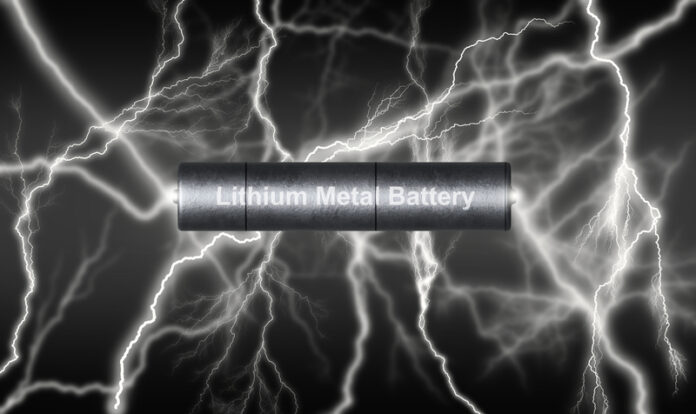Lithium-ion (Li-ion) batteries are the current standard for battery packs in electric vehicles (EVs) pioneered by Tesla. Sodium-ion (Na-ion) has established a foothold in lower-priced, lesser-range models coming out of China’s BYD, the current rival to Tesla in the EV marketplace. BYD recently overtook Tesla as the number one EV car manufacturer.
Are Li-ion-powered cars’ days numbered? Tesla doesn’t think so and has continued to perfect the technology by increasing energy density and range with better heat management features while lowering the per-unit cost. As a result, Tesla has been lowering prices on existing models coming off the production lines while developing more affordable future EVs to attract current owners of fossil-fuel-powered vehicles.
Will Li-ion’s Successor Be Lithium-Metal or Solid-State?
The next generation of battery some manufacturers believe will be lithium-metal which uses an electroplated lithium-metal anode instead of the graphite one used in Li-ion.
Lithium-metal batteries have the potential to double the range of EVs. Recent work at Stanford University which I described in Part 1 of this two-part look at EV promise and challenges, shows that discharging a battery after use and letting it rest for an hour with no current running through will overcome one of the perceived weaknesses of lithium-metal. That’s because the batteries degrade rapidly if subjected to a high cycle of charging and discharging without a rest.
If the Stanford discovery catches on, will lithium-metal replace Li-ion as the standard? Some expert industry watchers believe that in two years, lithium-metal will be featured in many EVs.
What about solid-state batteries? The world’s largest automobile manufacturer, Toyota, has been late to the starting gate in the EV market, having developed and perfected hybrid vehicles that use a combination of electric and gasoline-powered motors. Rather than becoming just another Li-ion EV player, Toyota hopes to leapfrog the competition by moving to solid-state-battery-powered EVs by 2027 or 2028.
How do these three battery technologies compare? Check out the key differences below:
















